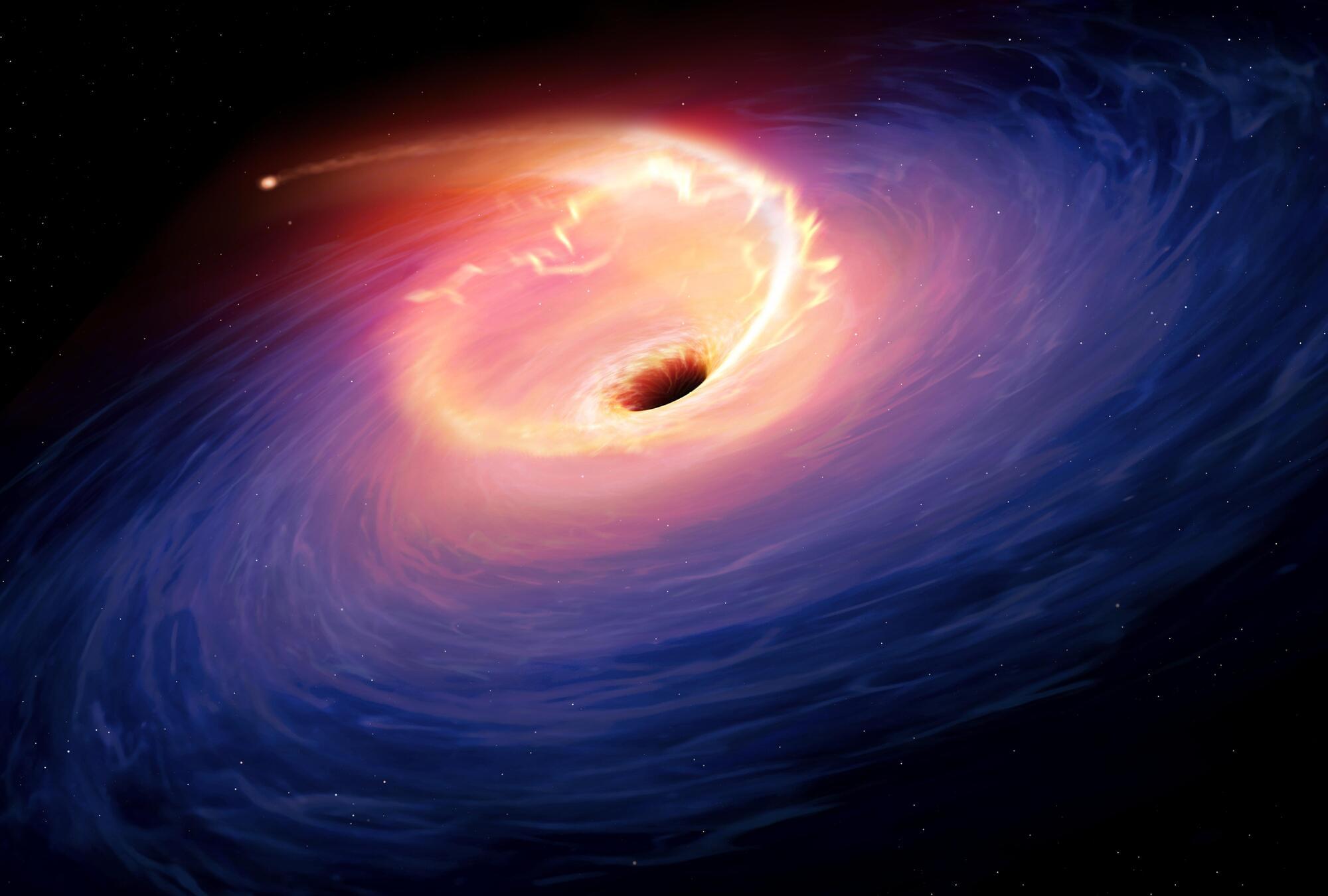Taking inspiration from a rare mutation that makes people impervious to viral diseases, a Columbia researcher is developing a therapy that could bestow this superpower on the rest of us.
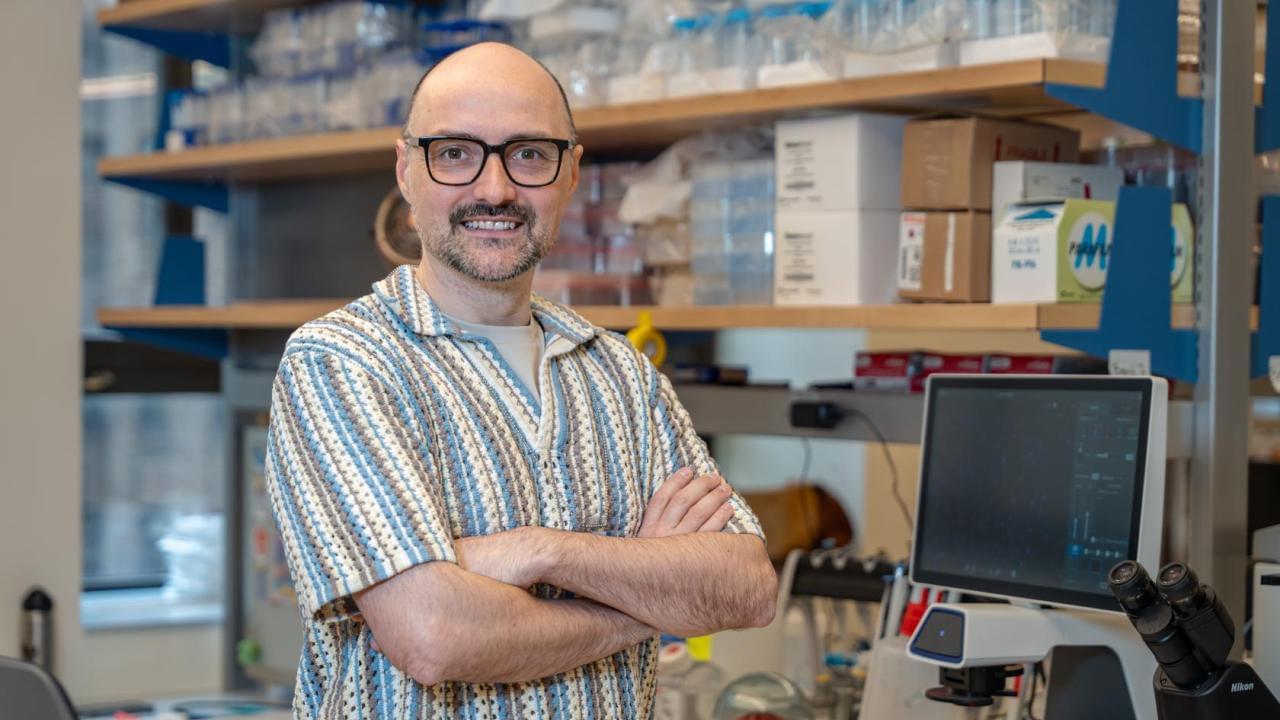

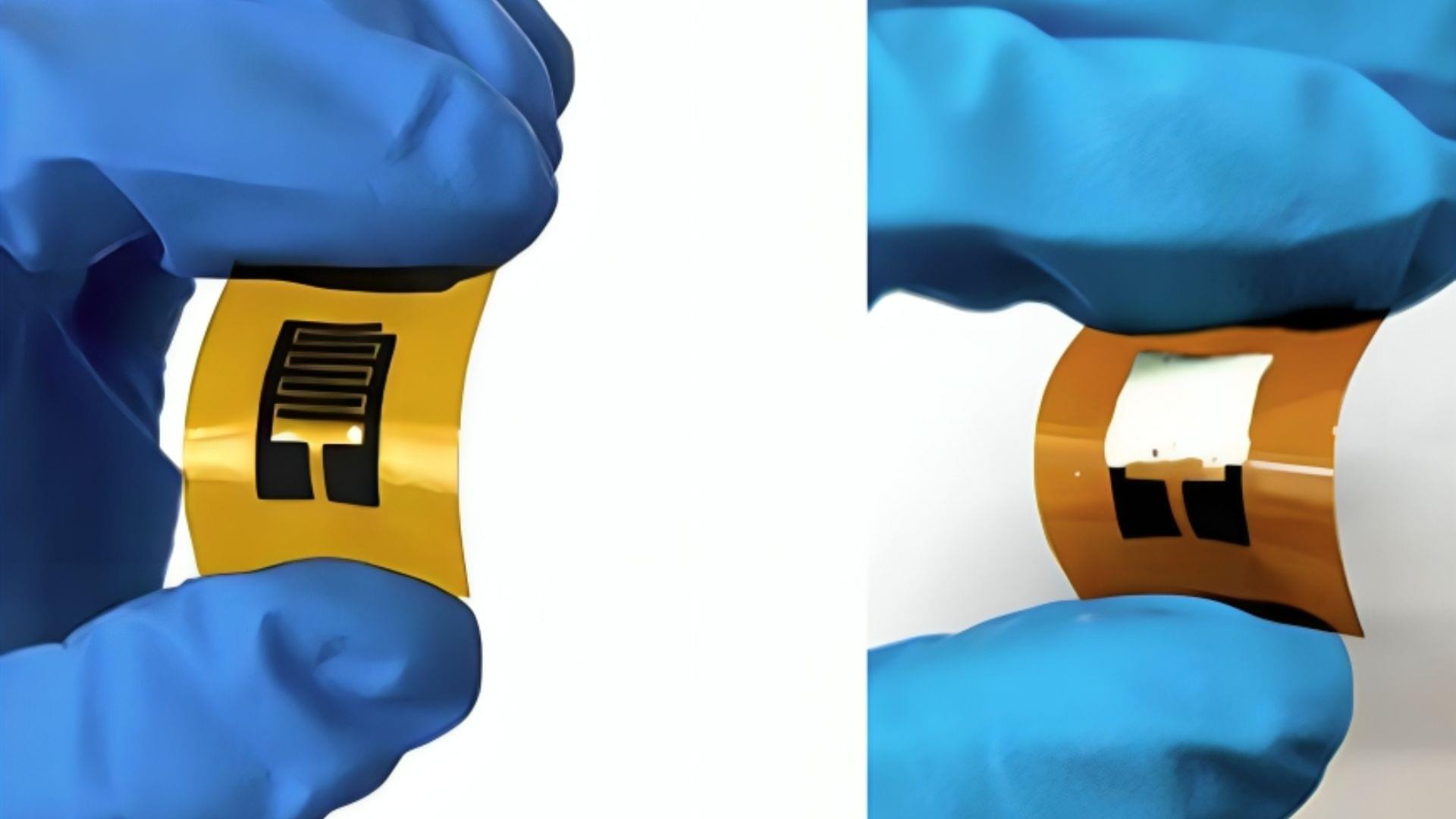
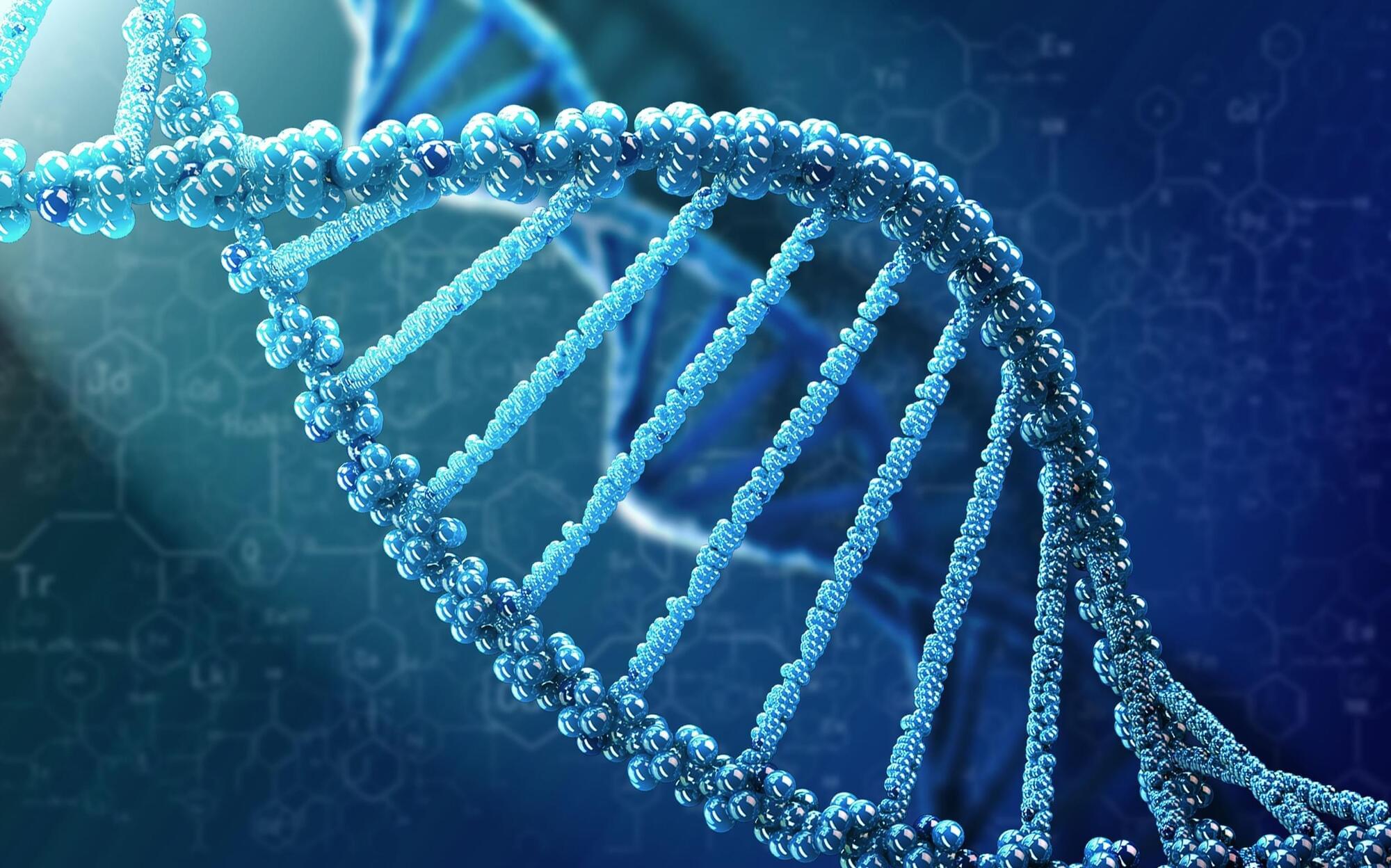
Researchers made a robot that can make deliveries to VR. They call it Skynet.
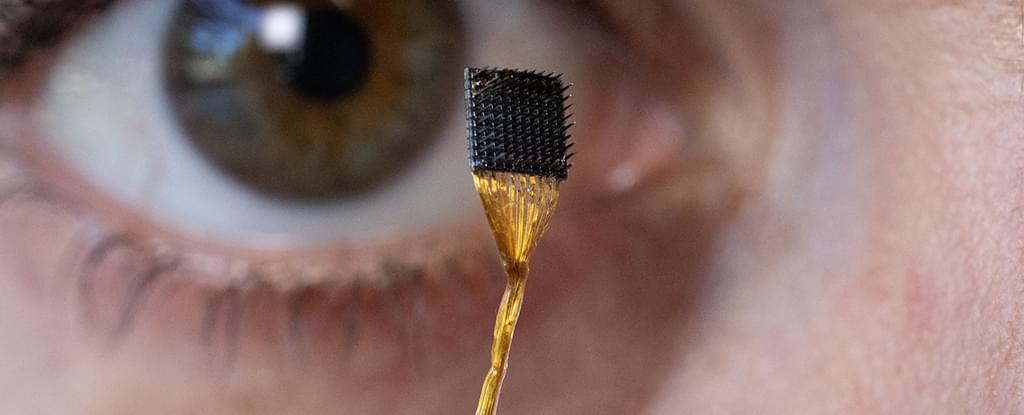
Scientists are making significant strides forward in brain-computer interface (BCI) technology, and a newly developed system can translate our thoughts into text or sound.
It’s essentially an inner speech decoder, developed by researchers from institutions across the US. In tests on four volunteers with severe paralysis, the decoder hit an accuracy rate of up to 74 percent in translating thoughts into audible speech.
The potential here is for a BCI that can help those with speech or motor impairments to communicate more effectively than ever before, though there’s still work to be done improving how accurate and personalized the system is.
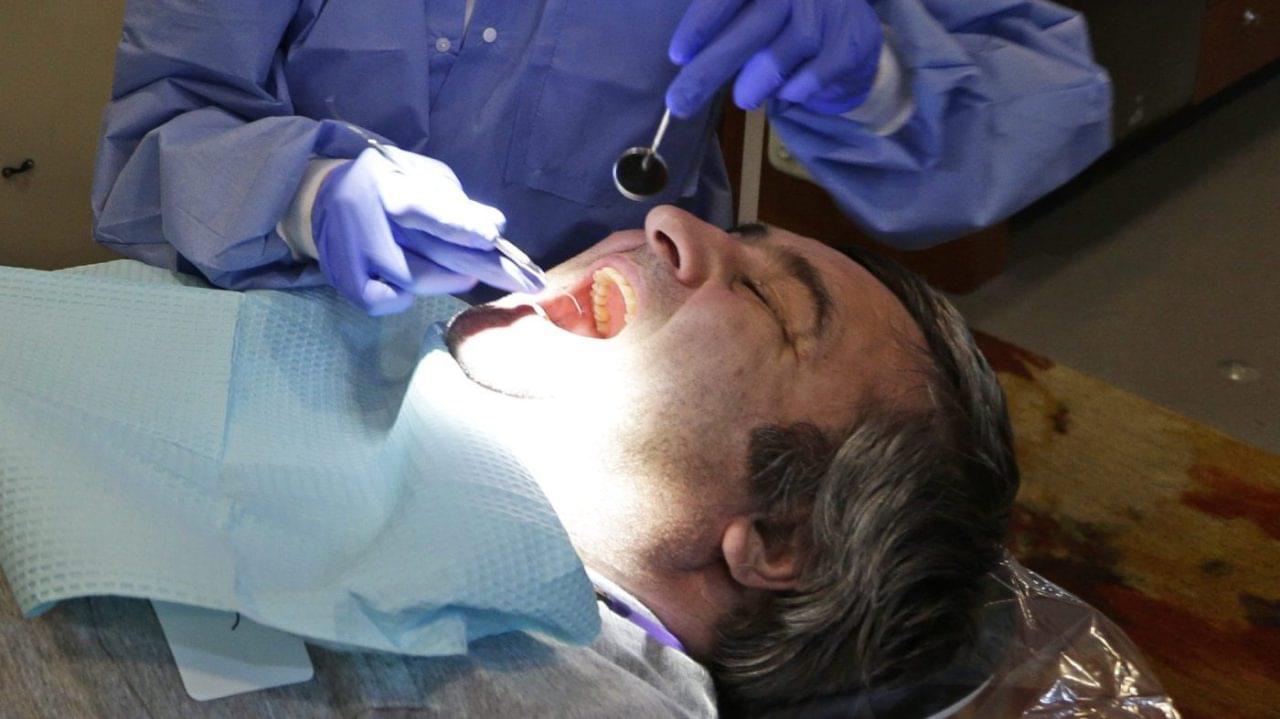
Dentists warn they’re seeing cases of something nicknamed “Ozempic teeth.” Medications like Ozempic and Wegovy can lead to dry mouth because the active ingredient, semaglutide, affects the salivary glands, explains Adam Taylor, an anatomy professor at Lancaster University, in an article for The Conversation. The medications can also cause people to drink less water because they feel less thirsty.
Those factors combined increase the risk of cavities and gum disease, explained Dr. Rajpal Anjali, a cosmetic dentist at Beverly Hills Dental Arts.
To make things worse, some people also experience side effects like acid reflux and vomiting, further harming their tooth enamel.
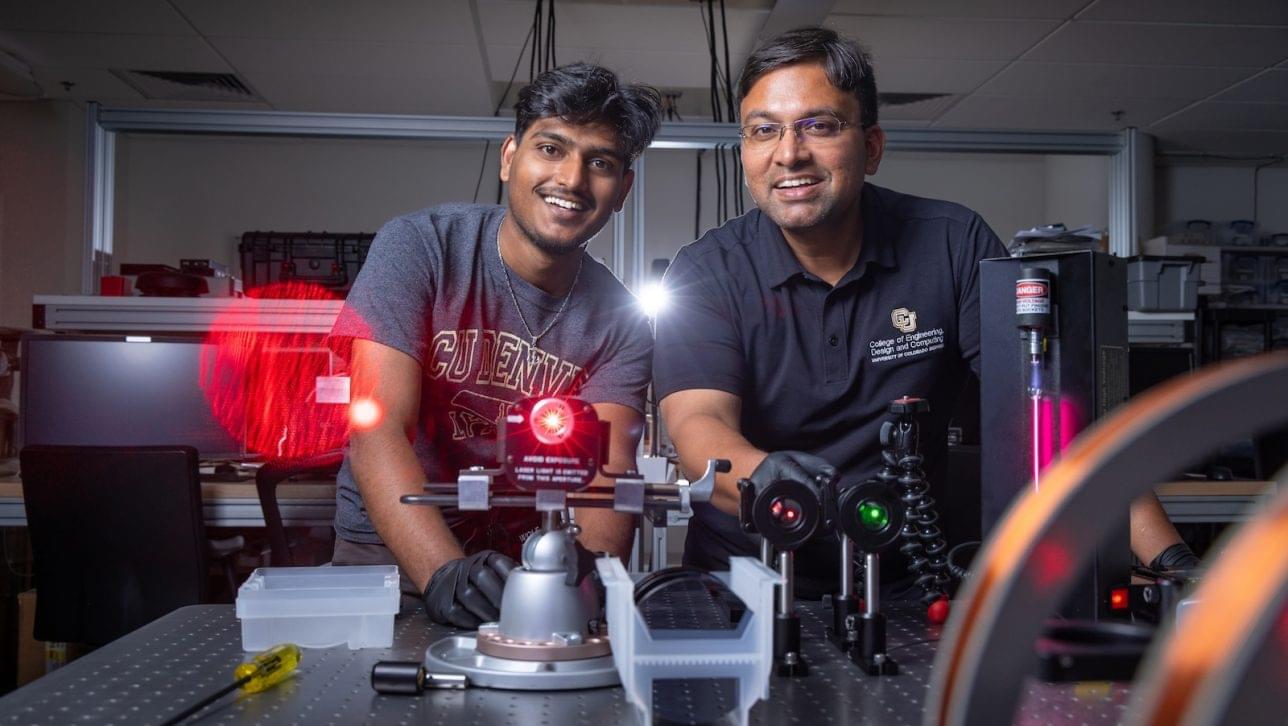

EV batteries could offer longer lifespan, increased safety with new Swedish tech.
The lifespan of EV batteries has remained a challenging factor for their users. After continuous usage of years, these batteries’ lifespan decreases. But a new experiment offers hope for longer lifespan of EV batteries.
An AI model, developed at Uppsala University, could reportedly offer enhanced safety and longer life of EV batteries. The model provides a much more accurate picture of battery ageing.

